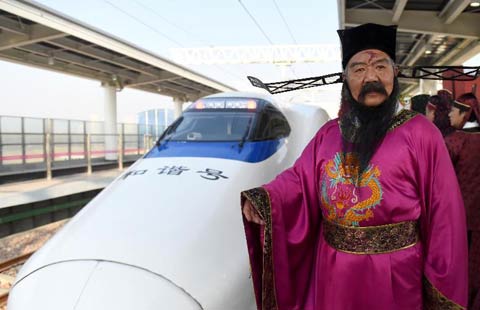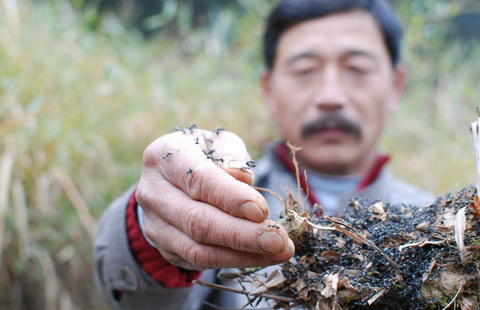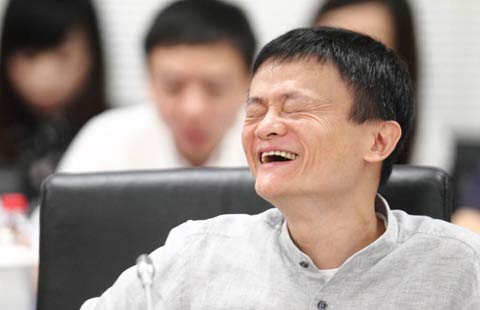The currency dimension is an important aspect in 2015
(chinadaily.com.cn) Updated: 2014-12-30 15:58Editor's note: This year's economic expansion is widely expected to be the slowest in many years, and the central leadership envisions a "new normal" for the pace GDP growth and its structure going forward. What will unfold in 2015 - sustained, rapid expansion or an orderly transition to slower growth? China Daily asked a group of economists and analysts on their expectations for the economy in 2015.
|
 |
|
YAO WEI, CHIEF CHINA ECONOMIST AT FRANCE-BASED SOCIETE GENERALE SA |
What is the most likely outcome for China's economy next year-sustained, rapid expansion or an orderly transition to slower growth?
In 2014, economic growth has been disappointing and continued to decelerate. Meanwhile, positive reform measures added to growth and financial market risk in the short term. Monetary policy easing, seemingly bold, barely mitigated the economic slowdown or the reform risk. We think that 2015 is likely to see more of this dynamic.
What is the most important indicator that observers should use when judging whether a transition has taken place? How can China achieve the goal implied by that indicator?
The housing sector has been the main source of downside risk to the economy. Although we maintain our view that housing investment will move to a lower growth trend over the medium term, the risk of a sharp correction or collapse seems to be receding as the easing policy starts to work. Housing price data are critical to gauge if the stabilization has persisted. Another indication of soft domestic investment momentum was on imports.
What is the biggest concern for the Chinese economy in 2015? How can China address that concern?
We introduced the "China Bumpy Landing" theme four years ago and it continues to play out to our script. In 2015, the currency dimension is an important aspect. We expect the Chinese government to refrain from a return to beggar thy neighbor strategies. Should the economy surprise significantly to the downside, this could change. The good news as we enter 2015 is that we now see China's hard-landing risks reduced from 30 percent previously to 20percent, as the government's policies bear fruit. But the risks remain significant. How other emerging economies weather China's bumpy landing will be determined by structural reform, and in some instances easing geopolitical risks.
What is the most resilient part of China's economy? How can China best utilize its strengths in this area?
Resilient house hold income growth implies a stable labor market and should support steady consumption growth going forward.
- China shares close lower on Dec 30
- First China-made regional jet gets type certificate
- CNOOC's overseas LNG supply base starts operation
- China plans to extend green vehicle subsidies until 2020
- Avaya's 'Engagement' with customers
- Manufacturing needs to adapt to changes
- China's intl investment balance hits plus $1.8t
- Driving service warms up in holiday season
















